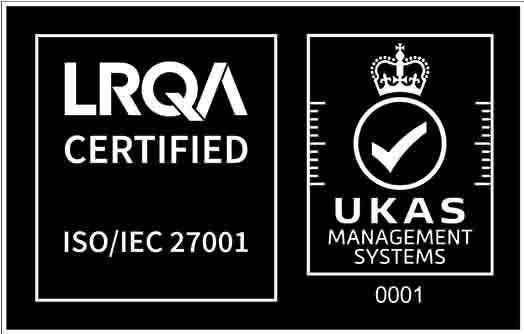As increasingly more businesses in the United Kingdom transition to remote and hybrid working arrangements, the use of shadow IT, including personal devices and non-compliant applications, has surged.
While the security and compliance risks associated with shadow IT are well-documented, organisations often overlook its implications for employee productivity, collaboration, and morale.
This article explores the importance of monitoring and managing shadow IT to gauge employee engagement in the context of hybrid working.
The significance of employee experience in the hybrid era
As the right to work from home becomes enshrined in UK employment law, it is imperative for businesses to prioritise employee experience management, as hybrid working has become an expectation for many UK employees.
However, many large enterprises struggle to create hybrid working environments that meet the diverse needs of their workforce.
Concerns such as exclusion from important meetings, increasing stress levels, burnout, and the disengagement of younger employees, pose significant challenges to businesses aiming to foster an inclusive and productive hybrid experience.
One crucial aspect that organisations often overlook in their efforts to establish effective hybrid working models is the impact of shadow IT.
Employees have taken proactive and innovative approaches to make remote work functional for their personal environment, often relying on emergency or quick fix solutions rather than fully adopting to corporate standards.
The preference for non-standard applications and tools not only leads to a considerable shadow IT problem with security and compliance risks, but also hampers corporate understanding of employee activity.
Without comprehensive visibility into the usage and performance of UC&C tools and applications, businesses remain unaware of crucial indicators of employee engagement, such as productivity, motivation, and potential attrition.
The importance of monitoring the hybrid employee experience
To ensure a seamless hybrid experience for employees, businesses must strive for productivity, engagement, and motivation across all working locations.
While IT teams routinely monitor UC&C performance within the office environment, information is often collected on an individual system basis. With thousands or even hundreds of thousands of employees using disparate solutions, gaining a correct and complete picture of system usage and performance becomes impossible.
Moreover, monitoring rarely extends to the work-from-home environment, making businesses blind to the experiences and challenges faced by remote workers, including disruptions from family members and resistance to adopting corporate UC&C standards.
Enabling better UC&C experience monitoring
Overcoming these challenges requires organisations to have a unified view of their entire UC&C environment.
Comprehensive monitoring that encompasses the infrastructure and performance of all UC&C solutions (standard and non-standard alike) empowers IT teams to find and address problems affecting workers in any location. From Wi-Fi performance issues to glitches in specific applications or local network providers, enhanced visibility enables prompt IT support and improved workplace productivity.
Furthermore, this monitoring approach sheds light on UC&C adoption rates and shadow IT practices, allowing organisations to assess the efficacy of their training processes, identify departments relying on unauthorized solutions, and make informed investment decisions.
Embracing hybrid working for enhanced employee engagement
Hybrid working is now an enduring aspect of the modern workplace, and organisations must prioritise the quality of the employee experience to ensure productivity, collaboration, and staff retention.
Proactive monitoring of the entire corporate environment, like that provided by IR Collaborate, offers insights into both immediate UC&C performance issues and how different groups and individuals engage with the business.
By effectively managing shadow IT, organisations can perfect the hybrid working experience and create an inclusive and engaging environment for all employees.



